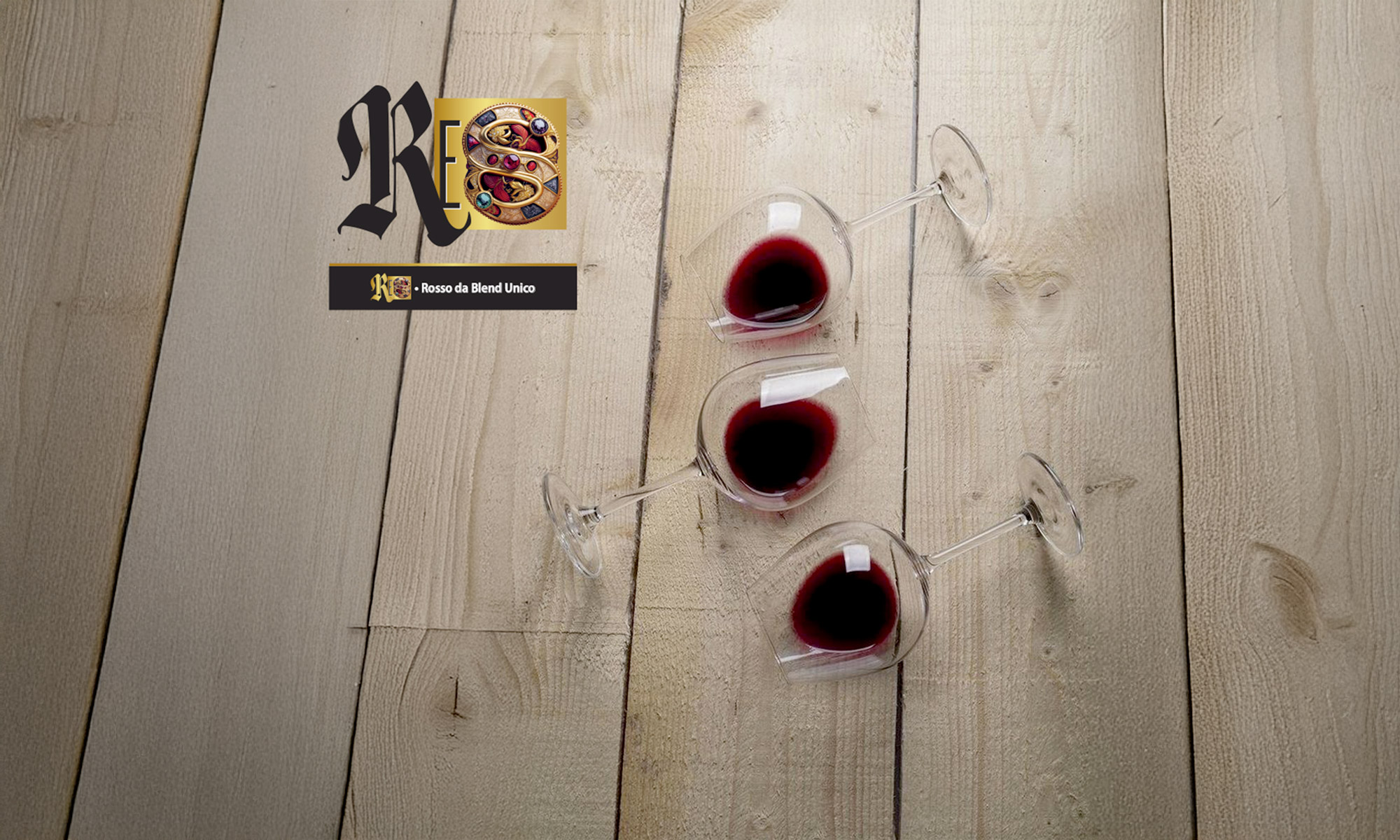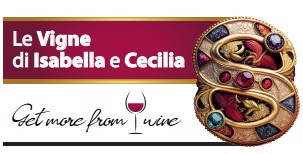“Wine quality is born in the vineyard and expressed in the cellar.”
(L. Bavaresco)
Resveratrol is a natural compound belonging to the stilbene family. It’s a phytoalexin — a substance produced by plant leaves and berries as a defense against fungal pathogens. It also plays a protective role against other sources of stress, such as ultraviolet radiation.
It is found in 12 plant families within the plant kingdom, including Vitis vinifera, the most important species for wine grape production.
Resveratrol is the best-known polyphenol, found in the skin of grape berries and in red wine, as well as in blueberries, raspberries, mulberries, the roots of Polygonum cuspidatum (a plant traditionally used in China for its laxative properties), berries, peanuts, and pine nuts.
The grape varieties that produce the highest levels of resveratrol are Pinot Noir and Cabernet Sauvignon.
However, many factors influence its concentration — primarily the grape variety, but also the age of the vineyards and yield per hectare, followed by climate, altitude, latitude, soil type, and farming techniques.

Resveratrol: From the “French Paradox” to Modern Research
Resveratrol began to attract scientific attention following the so-called “French Paradox” (Ferrières, 2004).
The term refers to epidemiological studies conducted in France during the 1970s, which observed a lower rate of cardiovascular mortality despite a high intake of saturated fats. One of the main hypotheses to explain this apparent paradox was the regular consumption of red wine, and more specifically, the protective role of polyphenols contained in it. (In fact, even before resveratrol was identified, researchers had already begun investigating wine as a possible ally against cardiovascular disease.)
Since the 1970s, numerous studies have explored resveratrol’s pharmacology and its potential medical applications. Most of these studies have been conducted in vitro or in vivo.
Reported Effects of Resveratrol
As a result of these investigations, resveratrol has been attributed a number of biological effects, particularly:
-
Cardioprotective properties, helping to reduce the risk of cardiovascular disease
-
Anti-inflammatory effects, stimulating the immune system to defend against pathogens
-
Antioxidant action, working against cellular aging (an effect shared with anthocyanins, another compound found in wine)
Even more intriguing are studies suggesting that resveratrol may activate sirtuins, proteins that play a key role in cellular function, being able to slow down the aging process and reduce the risk of related diseases, such as cancer, metabolic and neurodegenerative disorders.
Sirtuin activation is also believed to offer protection against obesity and type 2 diabetes, by mimicking the effects of caloric restriction.
As a beauty elixir, resveratrol has also been shown to have protective effects on skin aging, through mechanisms such as stimulating collagen production and shielding the skin from UV damage.
Bioavailability and Polydatin
One challenge with resveratrol is its low bioavailability — the body tends to eliminate it quickly, even when taken in large doses.
To address this issue, we’ve focused on a related molecule: polydatin, also known as resveratrol glucoside. Our measurements have shown highly positive results.
Polydatin is a natural precursor of resveratrol. Its chemical structure is identical, except for one glucose molecule — and it’s exactly this glucose unit that improves cellular absorption, intestinal uptake, and overall bioavailability.
The results are promising, although more research is needed to fully understand resveratrol’s mechanisms of action, efficacy, safety, and tolerability in humans.
Resveratrol and viticulture
“…the production of grapes and wines rich in resveratrol relies on quality-oriented viticulture (suitable terroirs and sustainable farming practices) and winemaking technologies that prevent the compound’s degradation.”
(Hrelia-Malaguti)
In other words, according to the researchers, a wine high in resveratrol must, by its very nature, be the result of a deep commitment to quality.
And that, in itself, is a beautiful conclusion — or rather, a promising beginning to the story…
“Hold the bottle up to the light: you’ll see that your dreams are always at the bottom.”
Rob Hutchison



